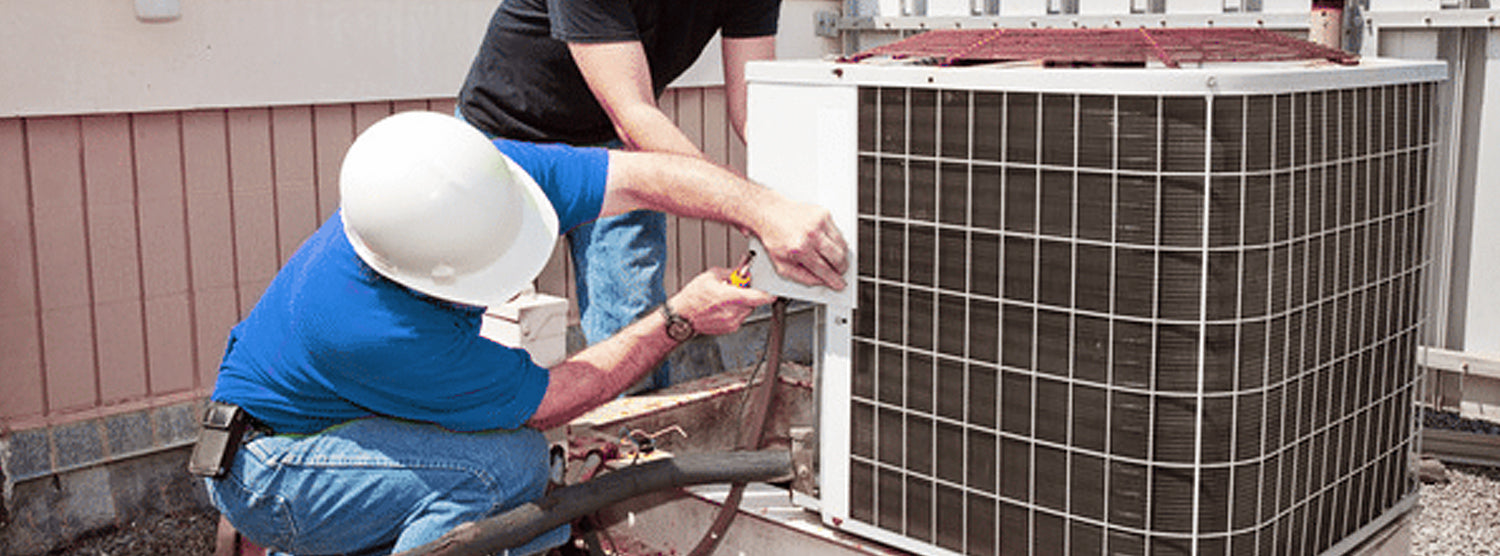Available for purchase in the USA
US

Carbon felt is a material made from carbon fibers, known for its excellent high-temperature resistance and insulation properties. Carbon fibers consist mainly of graphite microcrystal structures, offering exceptional strength, low density, and outstanding thermal resistance. Carbon felt is commonly used in applications requiring high-temperature insulation and fireproofing, providing both fire resistance and effective thermal insulation.
Carbon felt is widely used for thermal pipe insulation. Its low thermal conductivity effectively reduces heat loss and maintains stable temperatures within pipes, improving energy efficiency and minimizing heat dissipation. Additionally, the flexibility of carbon felt allows it to be easily wrapped around pipes of various shapes and sizes, making installation and maintenance convenient.

In cold winter months, insulating barbecue grills is crucial. Carbon felt, with its excellent high-temperature resistance and insulation properties, is often used as an insulating material for grills. Wrapping carbon felt around the grill prevents heat loss, maintaining a high internal temperature, thereby enhancing grilling efficiency and saving fuel.
Carbon felt serves as an ideal insulation material for industrial equipment operating in high-temperature environments. For instance, in metallurgy and chemical processing, carbon felt protects equipment from heat damage while maintaining stable internal temperatures, boosting operational efficiency and safety.

Carbon felt is also used in building insulation. In high-demand constructions, carbon felt as an insulating layer effectively reduces energy consumption and enhances indoor comfort. Placing carbon felt in roofs, walls, and floors creates excellent insulation, lowering energy use for air conditioning in summer and heating in winter.
During outdoor camping, carbon felt can be used as a base for campfires or barbecue grills to prevent fires and protect the grass. Its high-temperature resistance and fireproof properties make it an ideal choice for environmental protection and safety.

In emergency situations, carbon felt can serve as a protective material for the body. It provides effective protection in high-temperature and fire environments, reducing the risk of burns.

Carbon felt can also be used as a wick for alcohol lamps, as a mat for charcoal fireplaces, and even as a smoking blanket. Its versatility and high-temperature resistance make it valuable in various scenarios.
Carbon felt’s superior thermal insulation properties are primarily due to its low thermal conductivity and porous structure. The low thermal conductivity of carbon fibers effectively prevents heat transfer. Additionally, the porous structure of carbon felt traps air, which is an excellent insulator, further enhancing its thermal insulation properties.
The low thermal conductivity of carbon felt means that heat transfer within the material is very slow, maintaining high temperatures on one side and lower temperatures on the other. This characteristic makes carbon felt an ideal insulating material.
The porous structure of carbon felt traps and retains a significant amount of air. Since air has a low thermal conductivity, the porous structure further boosts the insulating performance of carbon felt. This structural feature allows carbon felt to provide stable insulation in high-temperature environments.
When choosing insulating materials, carbon felt has significant advantages over traditional materials like fiberglass blankets.

Carbon felt can withstand extremely high temperatures (typically above 1800°F, up to 3600°F), whereas fiberglass blankets have a lower temperature resistance, generally around 800°F. Therefore, carbon felt is more advantageous in high-temperature applications.
The low thermal conductivity and porous structure of carbon felt offer better insulation performance compared to fiberglass blankets. Carbon felt provides superior thermal insulation at the same thickness.
Carbon felt has excellent chemical resistance to most substances, whereas fiberglass blankets may degrade or fail in certain chemical environments. Thus, carbon felt is more suitable for chemical processing and other specific environments.

Handling and installing fiberglass blankets can release tiny glass fibers that cause skin irritation, allergic reactions, and even rashes. In contrast, carbon felt does not pose these health risks, making it safer and more comfortable to handle and install.

The flexibility and lightweight nature of carbon felt make it easy to cut and install, adapting to various complex shapes of equipment and pipes. Fiberglass blankets, on the other hand, are more cumbersome to install and require more securing measures.
When choosing the thickness of carbon felt, a 5mm thick carbon felt offers more advantages over a 3mm thick one. The 5mm thickness provides higher insulation performance, effectively reducing heat loss and maintaining stable temperatures in equipment and pipes. Although the increased thickness adds some weight and volume, the enhanced insulation performance and durability make it more recommended for most applications.

Matace offers high-quality 5mm thick carbon felt fireproof blankets suitable for various insulation needs. Whether used for industrial equipment insulation, building insulation, or home barbecue grill insulation, Matace’s carbon felt fireproof blankets deliver exceptional performance.
Matace's 5mm Carbon Felt Fireproof Blanket has a wide range of applications, including vehicle maintenance, welding, high-temperature and fire protection for metal cutting, as a base for campfires or grills during outdoor camping to prevent fires and protect the grass, insulation for winter heating equipment/pipelines and outdoor grills, body protection during emergency escapes, as a wick for alcohol lamps, charcoal fireplace mats, and even as smoking blankets.
You can purchase Matace's 5mm carbon felt fire blanket through the following methods:

In summary, carbon felt is an excellent fireproof insulation material, highly regarded for its superior performance and wide range of applications. Matace's 5mm carbon felt fireproof blanket, with its high quality and reliability, meets the needs of various customers, providing an ideal solution for diverse applications.
Leave a comment